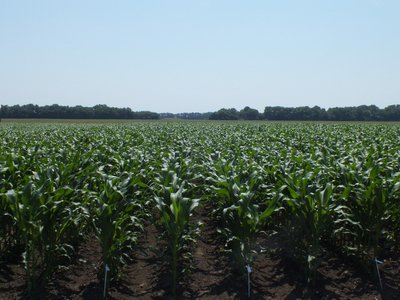
The role of field experiments in maize breeding.
A Gabonakutató Nonprofit Közhasznú Kft. tests the fertility, stress tolerance and adaptability of maize plants in field experiments. Plants are tested for unfavourable environmental factors (poor soil quality, heat stress, drought stress).The application allows us to test and select more corn hybrids on the field plots.The condition for this is that we can throw the plants in homogeneous field boards, because this is the only way to compare the plants. The experiments are run through several repetitions to give more reliable data on plant reactions.The main sites for this research are at Makó, Táplánszentkereszt, Törökszentmiklós, and Szarvas.We also have the facilities for variable watering experiments near Szarvas. Thanks to the multiple locastions, we get a comprehensive picture of the productivity and adaptability of the plants and so we can choose hybrids safely. We can test more than 1,500 different plants in the experiments in Makó and Táplánszentkereszt (early test), and we test the best 80 hybrids in 2018 at the 4 locations already listed (these are called landscape experiments). In 2019 we increased the number of hybrids to be tested to 160 in the Törökszentmiklós area.
For the precise execution of these experiments, a small parcel-sowing machine or a parcel harvester is essential. Large seed drills and harvesting machines are not suitable to properly conduct precise crop research. The Department of Product Development and Experimentation of the GK’s Department of Corn Breeding will help with the work. Of course the right soil and the right staff, (such as the employees of Törökszentmiklós Agriculture Zrt) are both essential. If one element is missing from the three factor of plant, experimental machinery, and consistent-quality soil, then we cannot conduct rigorous research to find the best corn hybrids.
1. Figure: The beginning of June 2018 experimental plots
2. Figure: The experimental area at Törökszentmiklós after sowing in April 2019
